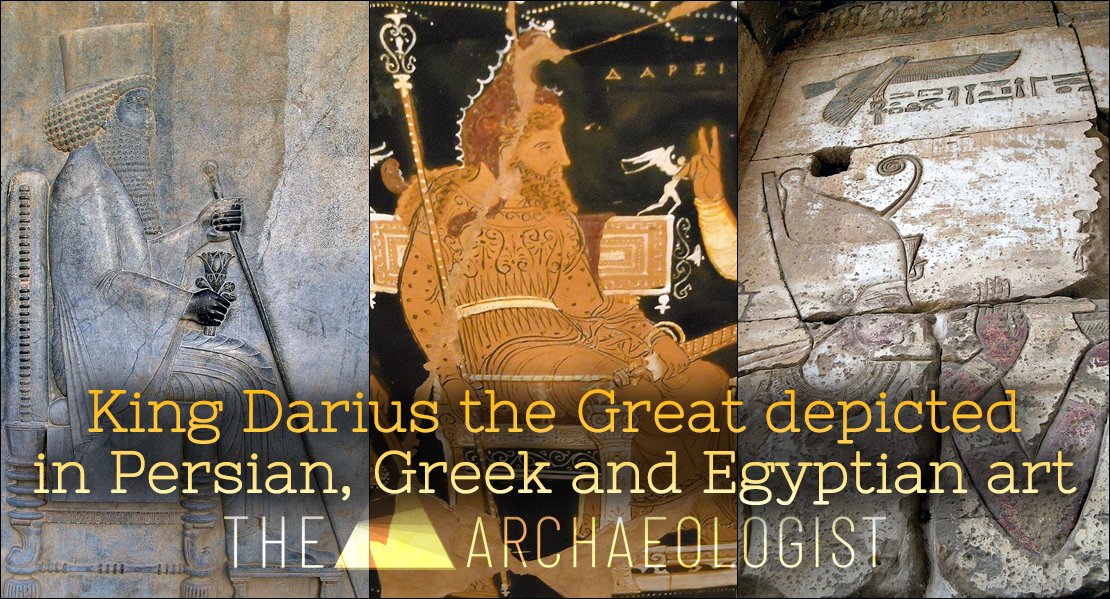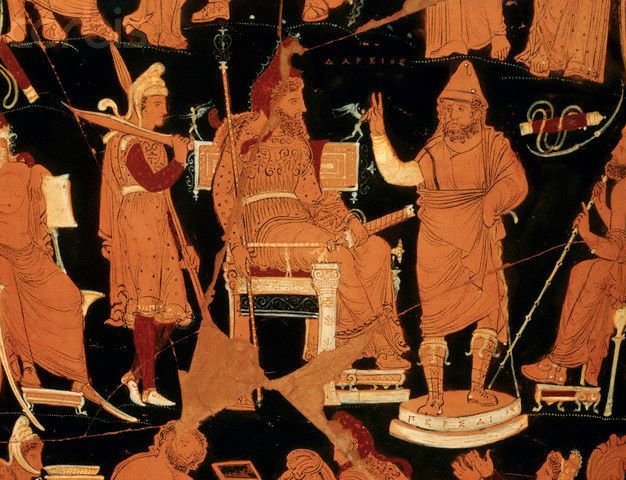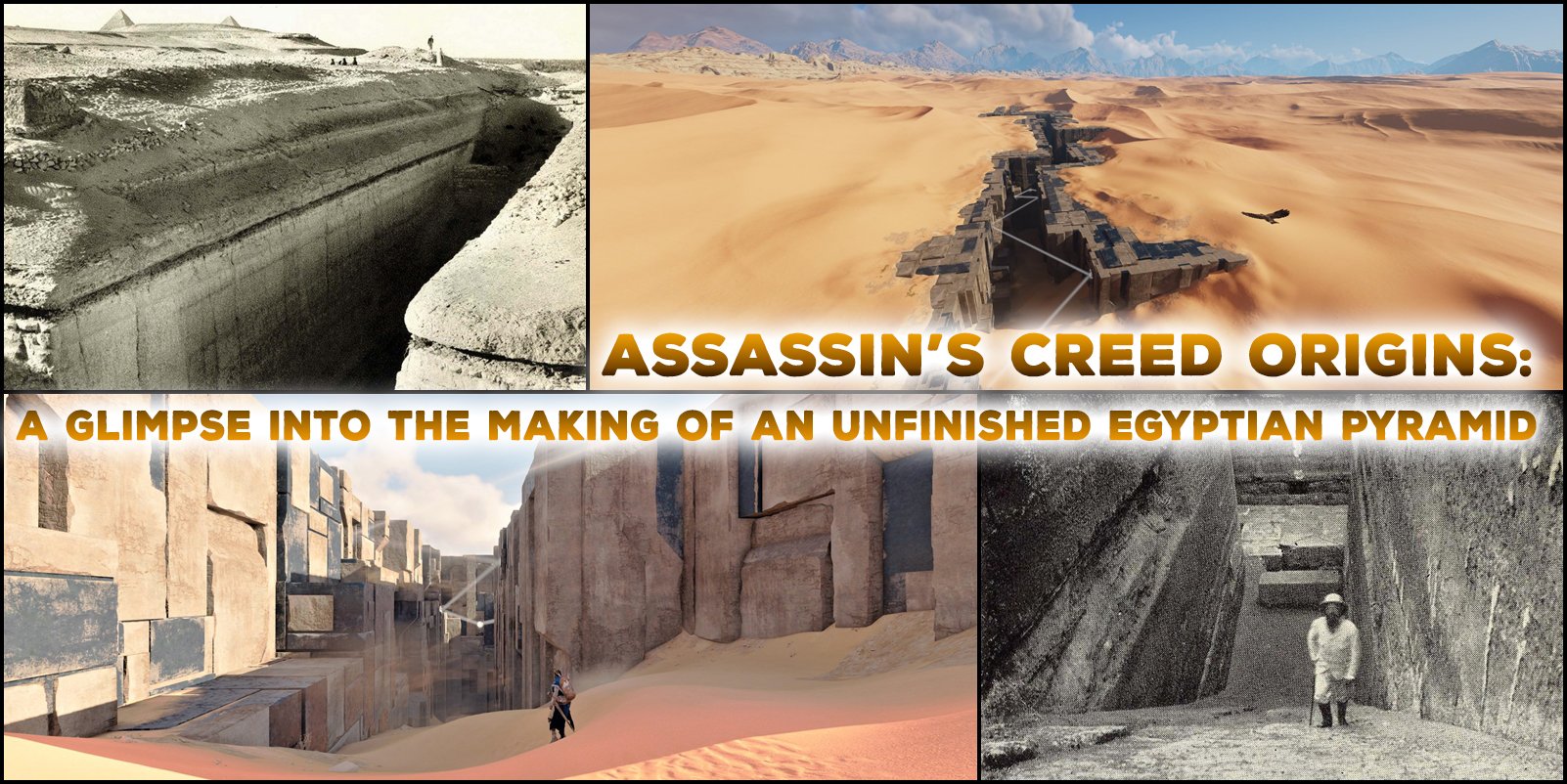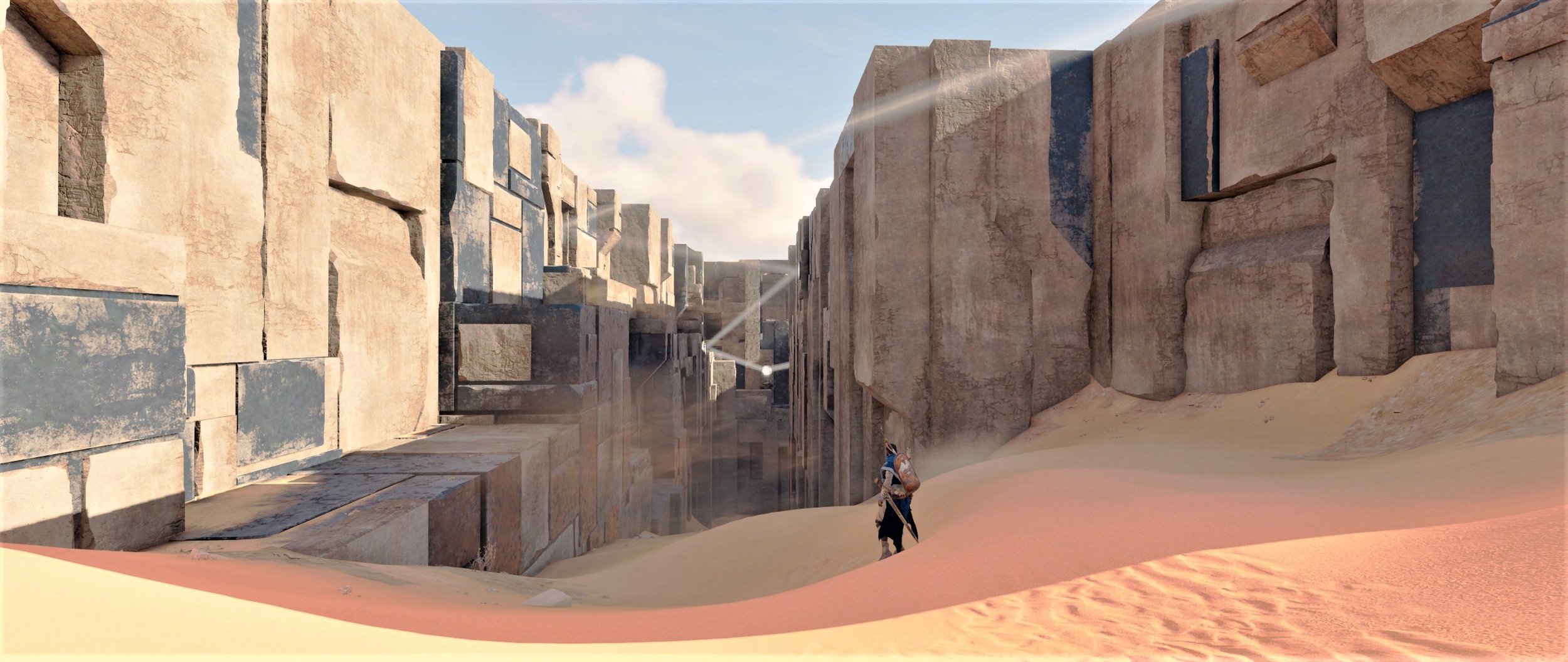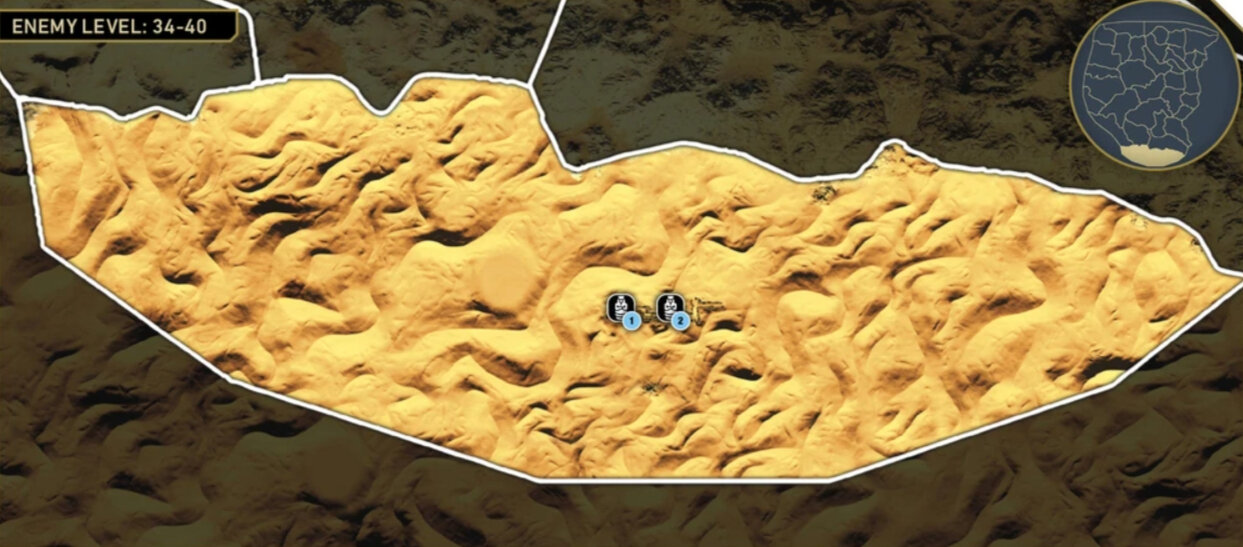A fascinating, old anthropological site is located only across a river from St. Louis, Missouri, yet few Americans are aware of it. Even today, researchers debate the reasons that Cahokia, a vast settlement that may have housed 20,000 people by the year 1050 A.D., may have perished. The largest of the towering, hand-built clay mounds, which still stand at the Cahokia Mounds State Historic Site, once made up the metropolis, which is located in the lush floodplain of the Mississippi River Valley that is now western Illinois. Even while there are still many unanswered questions about this ancient society, including why it vanished, the existence of the city's ruins has allowed experts to create a picture of its heyday.
The people of Cahokia built their mounds by hand, but for reason?
This site contains ancient teeth that may have belonged to a variety of Indigenous people. According to the different levels of strontium in the tooth fragments, around a third of the population arrived in Cahokia from other places in middle America. The architecture in Cahokia is also interesting since it suggests that this city had some degree of urban planning and wasn't merely a collection of villages. The kings lived atop mounds, overlooking the homes of the other occupants. In this enormous city, farming, hunting, logging, pottery making, and weaving were all done.
The city's core was located in the middle of Cahokia, encircling the largest mound, which stood about 100 feet tall and was surrounded by a substantial timber wall. The region was home to a plaza with four corners designating the cardinal directions, which archaeologists think was influenced by the founders' conception of the cosmos at the time. According to researchers, religious activities and festivities were held in this town center and in the structures atop the main mound. It's also conceivable that individuals came to Cahokia from elsewhere especially to attend these events.
A few explanations have been put up regarding the reason Cahokia fell, however the supporting data is contradictory. For a long, it was thought that because the locals relied on wood for their structures, the area had been overly deforested and was therefore less fruitful. However, soil tests reveal that the area would have continued to be productive soon after Cahokia's destruction. Disease was an improbable catastrophe as well because colonists did not arrive in this area until a very long time later. Some academics think that fighting with nearby tribes may have contributed to Cahokia's demise.
The mounds are currently part of a city park and a state historic site, but they are also being considered for national park status. At Cahokia, there are more than 65 preserved mounds, including the tallest mound that is still standing, whose steps visitors can climb. It's one of the few locations in the US where people are free to stroll through a city that dates back thousands of years.










